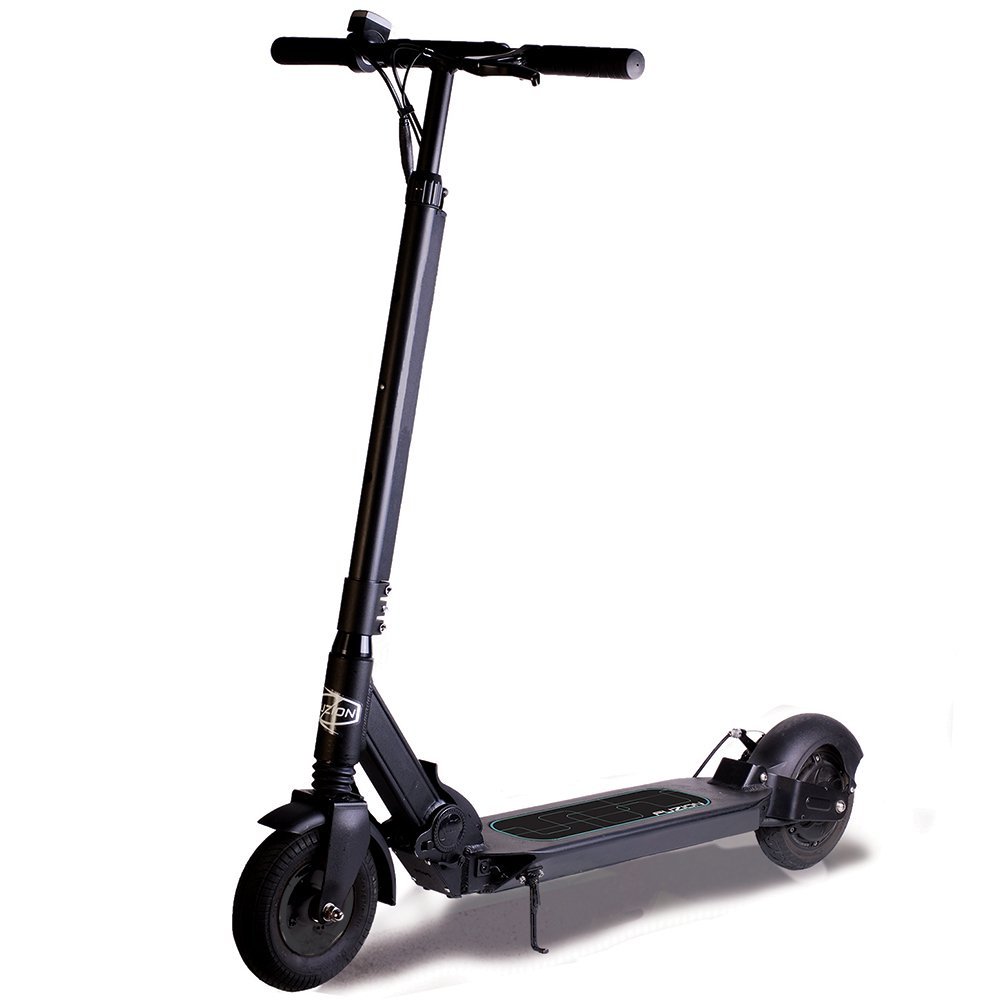I. Introduction to Electric Scooter Wiring Schematic
A. Importance of Understanding the Wiring System for Electric Scooters
Understanding the wiring system of an electric scooter is crucial for maintenance, troubleshooting, and repair. A solid understanding of the electrical components and their connections can help you identify and resolve any wiring issues that may arise.
B. Benefits of Familiarizing Yourself with the Electrical Components
Familiarizing yourself with the electrical components of an electric scooter allows you to have better control over its performance and functionality. It enables you to make informed decisions when modifying or upgrading the electrical system to suit your needs.
II. Basic Components of Electric Scooter Wiring
A. Battery and Charger Connections
- Identifying Battery Terminals and Charger Ports
Understand how the battery terminals and charger ports are connected to the scooter. Identify the positive (+) and negative (-) terminals and ensure proper alignment when connecting and disconnecting the battery.
- Understanding the Charging Process and Safety Precautions
Become familiar with the charging process and recommended safety precautions to avoid potential hazards. Understand the charging voltage, current, and charging times specific to your scooter model.
B. Controller and Motor Connections
- Analyzing the Wiring and Connections between Controller and Motor
Study the wiring and connections between the controller and motor. Identify the wires that transmit signals for motor control and speed regulation. Ensure that all connections are secure and properly insulated.
- Identifying Wiring Colors and Their Functions
Recognize the standard color codes used for different wires, such as red for positive (+) and black for negative (-). Understand the functions of other wire colors, such as green for ground or yellow for brake signals.
III. Wiring Diagrams and Symbols
A. Interpreting Wiring Diagrams
- Understanding the Symbols and Notations Used in Diagrams
Familiarize yourself with the symbols and notations commonly used in wiring diagrams. These symbols represent various electrical components, connections, and wiring paths.
- Analyzing the Wiring Paths and Connections Illustrated in Diagrams
Study the wiring paths and connections illustrated in the diagrams. Follow the lines and symbols to understand how different components are connected and how the electrical system functions as a whole.
B. Common Wiring Components and Their Functions
- Voltage Regulators, Relays, and Fuses
Learn the functions of common wiring components such as voltage regulators, relays, and fuses. Understand how these components regulate voltage, control circuits, and protect against electrical faults.
- Switches, Connectors, and Wiring Harnesses
Recognize the functions of switches, connectors, and wiring harnesses within the electrical system. Understand how these components facilitate the flow of electricity and allow for user-controlled functions.
IV. Troubleshooting and Repairing Electrical Issues
A. Identifying Common Electrical Problems
- Understanding Symptoms of Wiring or Component Failures
Recognize common symptoms of wiring or component failures, such as loss of power, intermittent operation, or abnormal behavior. Use this knowledge to diagnose and address electrical issues.
- Using Wiring Schematics to Diagnose Issues
Refer to the wiring schematics and diagrams to troubleshoot and diagnose electrical problems. Trace the wiring paths, check for loose connections, and verify the integrity of components to identify the source of the issue.
B. Repairing or Replacing Faulty Wiring or Components
- Safely Disconnecting and Reconnecting Wiring Connections
Ensure safety when disconnecting or reconnecting wiring connections. Follow proper procedures for disconnecting the battery and handling live wires. Use appropriate tools and techniques to securely fasten connections.
- Testing and Troubleshooting Electrical Components
Use appropriate testing equipment, such as multimeters, to test the functionality of electrical components. Identify faulty components and replace them as needed. Follow proper procedures for testing and troubleshooting to avoid further damage or electrical hazards.
In conclusion, understanding the wiring system of an electric scooter is essential for maintenance, troubleshooting, and repair. By familiarizing yourself with the electrical components, interpreting wiring diagrams, and knowing how to diagnose and repair electrical issues, you can effectively manage the electrical system of your electric scooter. Always prioritize safety and refer to the manufacturer’s guidelines when working with electrical components.
